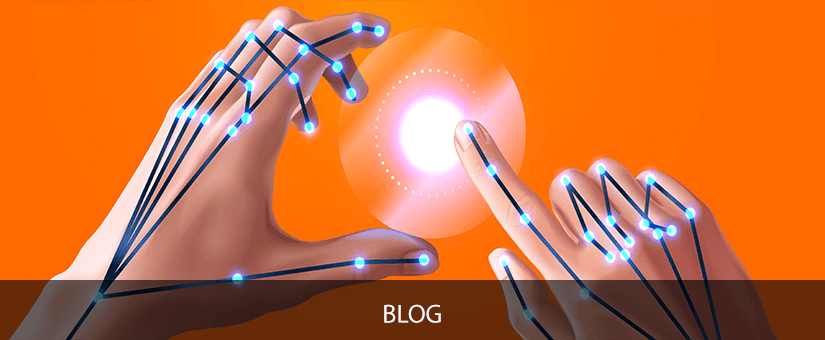
Distracted Driving Awareness Month: 5 Reasons Gestures are Not the Way to Go for Road Safety
A recent piece in Electronic Design says the next improvement in road safety will be gesture control – a way for motorists of advanced cars to control their infotainment systems with hand gestures rather than fiddling with buttons – which, as the piece points out, can cause the driver to take their eyes off the road, albeit briefly. If it’s coming for cars, it’s likely to follow that it will come for commercial vehicles.
On the surface, this may seem a good thing – but our experience with commercial vehicle drivers and the science of distraction both show us otherwise. So why do we think easier use of in-vehicle systems is not the message we want to send to make our roads, our drivers or our vehicles safer?
Here’s why.
- The idea behind gesture control is that instead of pressing a button, the driver waves their hand, points or otherwise gestures to their phone, or in-car device. So the driver is still using their hands – just differently. One hand, at least, is off the wheel.
- As this demo shows, you are still engaging with the screen visually. You still have to look at it to see which option to pick. So, the driver’s eyes are still off the road.
- Distraction has three forms – manual, visual and cognitive. As we’ve already demonstrated, the manual and visual elements will be still be at play, even when using gestures. But, the most crucial element of distraction is cognitive – and gesture control will not change the nature of the cognitive distraction at all. It is essential for road safety that drivers think about driving – not about their radio settings or the content of a phone call.
- By seeming to make distraction activities easier and ‘safer’, gesture control will actually encourage drivers to use these systems, so making collisions far more likely.
- Our analysis shows that drivers who have collisions are consistently more distracted, visually, manually or cognitively than non-collision drivers.
SmartDrive Systems has analyzed over 250 million risky driving events. That’s things like harsh braking, swerving or other abrupt vehicle maneuvers – and also driver behaviors that carry a high risk of collision.
We know from our analysis that drivers who have had collisions are more likely than non-collision drivers to use a mobile phone hands free. That’s right. Hands-free usage of a mobile phone consistently and significantly boosts the risk of collision.
The driver isn’t touching his phone. He isn’t looking at it. But he is thinking about the content of his phone call which means he is not thinking about the road around him.
The most important skill a driver brings to the road is focus. Our brains do not multi-task. Every time we commit brain power to another function – whether a mobile phone call, or a map, or a text alert, our brains shift gear abruptly and can take up to 27 seconds to refocus on the task of driving. During that time, whatever the driver sees ahead of him is not appropriately processed by the brain.
We don’t need to make in-cab entertainment or information systems easier for the driver to use while driving. We need to turn them off – and to enforce strict policies about non-distracted driving. As any user of a video-based driver safety management program will tell you, you don’t know what your drivers are doing until you can see it with your own eyes. Get our distracted driving infographic and share with your drivers.
What are your thoughts on this topic? Let us know!
- Posted by Melissa.Senoff@smartdrive.net
- On 23 April 2019